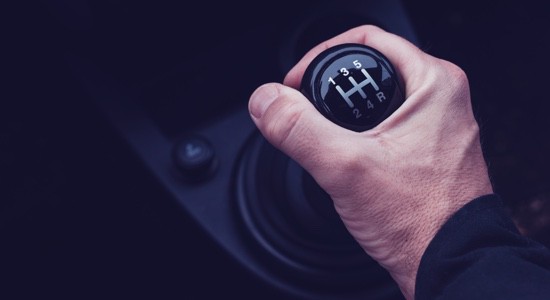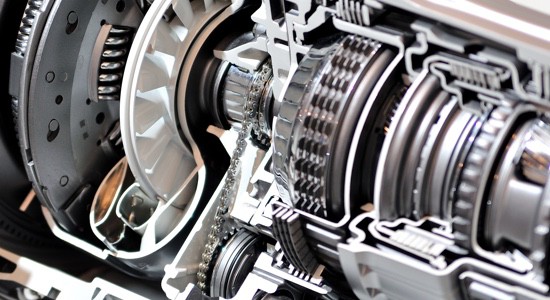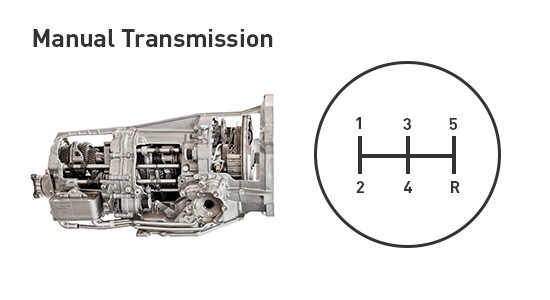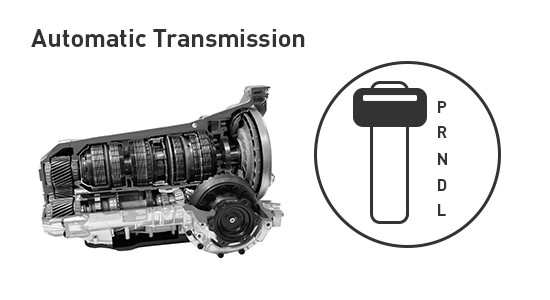 United States (English)
United States (English)
Shopping Cart
Empty Cart
Part No: {{entry.product.code}}
Quantity: {{entry.quantity}}
Total {{cartInfo.totalPriceWithTax.value | currency:"$"}}
Total {{0 | currency:"$"}}
 United States (English)
United States (English)
Part No: {{entry.product.code}}
Quantity: {{entry.quantity}}
Total {{cartInfo.totalPriceWithTax.value | currency:"$"}}
Total {{0 | currency:"$"}}
Asia Pacific
Europe, Middle East, Africa
 România (Română)
România (Română)
 European Union (English)
European Union (English)
 België (Nederlands)
België (Nederlands)
 Belgique (Français)
Belgique (Français)
 France (Français)
France (Français)
 Deutschland (Deutsch)
Deutschland (Deutsch)
 Italia (Italiano)
Italia (Italiano)
 Nederland (Nederlands)
Nederland (Nederlands)
 Polska (polski)
Polska (polski)
 Россия (русский)
Россия (русский)
 South Africa (English)
South Africa (English)
 España (Español)
España (Español)
 Україна (українська)
Україна (українська)
 United Kingdom (English)
United Kingdom (English)
 Česko (Česká republika)
Česko (Česká republika)
 United Arab Emirates (English)
United Arab Emirates (English)
North America

Cars come in many different varieties. From options in drivetrains like front-wheel drive and four-wheel drive, to choices in engine type like conventional gas and electric, the possibilities are endless when shopping for a new vehicle. Another key decision you have to make when buying a car is what type of transmission to get.
Modern vehicles come in two different transmission types – automatic or manual. In a manual transmission, the driver is responsible for shifting the gears, while in a vehicle with an automatic transmission, the car does the shifting for you. So the question becomes, to shift or not to shift?

One of the most complicated components in your vehicle, the transmission is a metal case that houses a series of gears – which explains its nickname of gearbox. The transmission takes power from the engine and delivers it to the wheels to help power your vehicle. It is responsible for making sure the right amount of power goes to the wheels so it can operate at a given speed.
Each gear operates within a specific ratio to ensure that the wheels and engine don’t spin at the same speed. When you take off from a dead stop, your vehicle uses a lower gear ratio to get the car moving using more power and less speed. At higher speeds, your transmission uses a higher gear ratio to move the vehicle while keeping the RPMs at a low level.

Vehicles with a manual or standard transmission are typically called stick shifts. The driver uses a stick shift to manually change the gears as they accelerate and decelerate their vehicle. Located on the center console, the shift lever is connected to the transmission by a linkage.
Besides a stick shift, a manual transmission requires the use of a clutch pedal which is located to the left of the brake pedal. Engaging the clutch pedal disengages the clutch mechanism that is located between the engine and the transmission. Pressing down on the clutch pedal stops power going from the engine to the transmission so you can change gears.
To change gears, the driver presses down on the clutch pedal, moves the shifter to the desired gear and then releases the clutch pedal to reengage the power from the engine to the transmission. Learning to drive a stick takes some practice. Engage the clutch pedal too fast and the engine will stall; engage the clutch pedal too slow and it can cause premature wear. Practice makes perfect.
Fast Facts:
Pros:
Cons:

While the driver plays an active role in the operation of a vehicle with a manual transmission, in an automatic transmission the driver simply selects D on the shifter and the car does all hard work. Using fluid pressure, the vehicle automatically completes gear changes on its own. The heart of the automatic transmission is the planetary gear set. This part is responsible for creating the different gear ratios that the transmission uses.
Providing the pressure necessary to activate the bands and clutches that determines what gear the vehicle should be in is automatic transmission fluid. This fluid not only cools and lubricates the moving parts of the transmission but it helps drive the vehicle.
A torque converter is attached to the drivetrain which acts like a clutch on a manual transmission. Fluid is used to lock and unlock planetary gears to shift between gear rations. This shifting happens automatically; the driver doesn’t have to do anything.
Fast facts:
Pros:
Cons:

Which transmission type to get in your next vehicle really comes down to preference; select the transmission type that fits your needs. If you do a lot city driving, an automatic may be easier to maneuver through stop and go traffic than a standard transmission. However, if performance and the driving experience matters to you, you might want to consider a manual. Another factor to keep in mind is if there’ll be other people driving the vehicle. If they aren’t up for driving a stick shift, you’ll need to stick with an automatic.
Learn more about quality auto parts, find your car part, or find a local car repair shop today.
The content contained in this article is for entertainment and informational purposes only and should not be used in lieu of seeking professional advice from a certified technician or mechanic. We encourage you to consult with a certified technician or mechanic if you have specific questions or concerns relating to any of the topics covered herein. Under no circumstances will we be liable for any loss or damage caused by your reliance on any content.